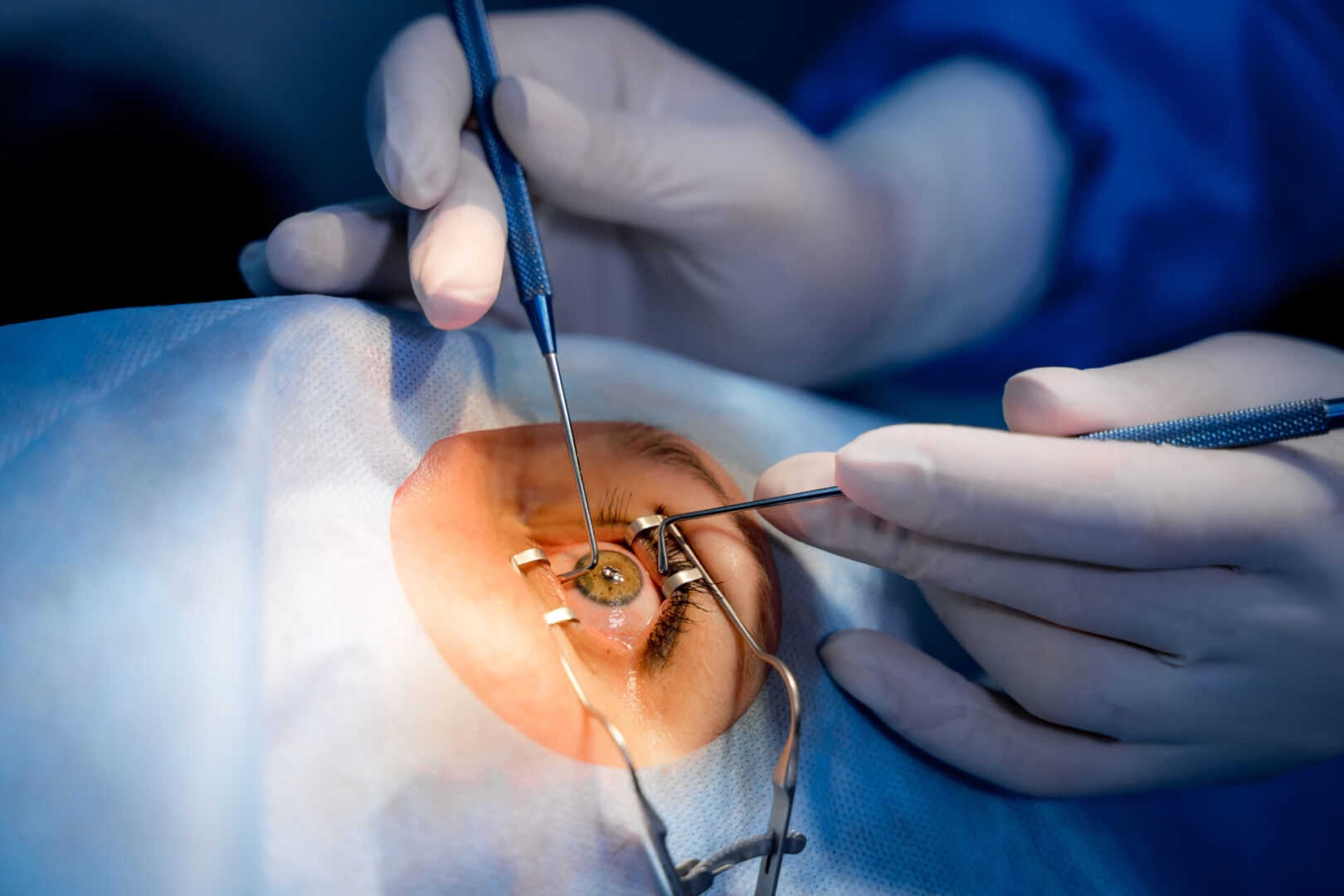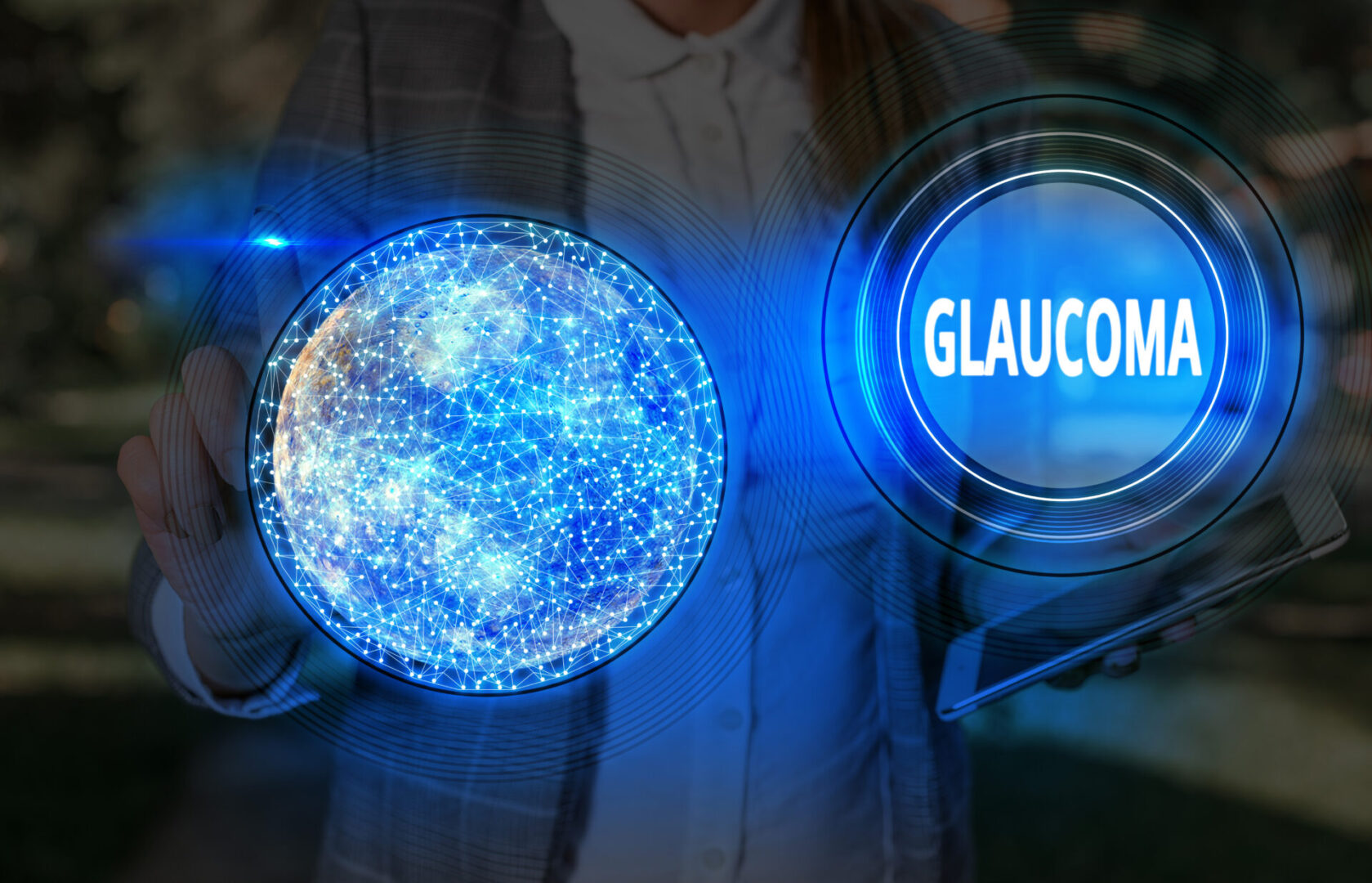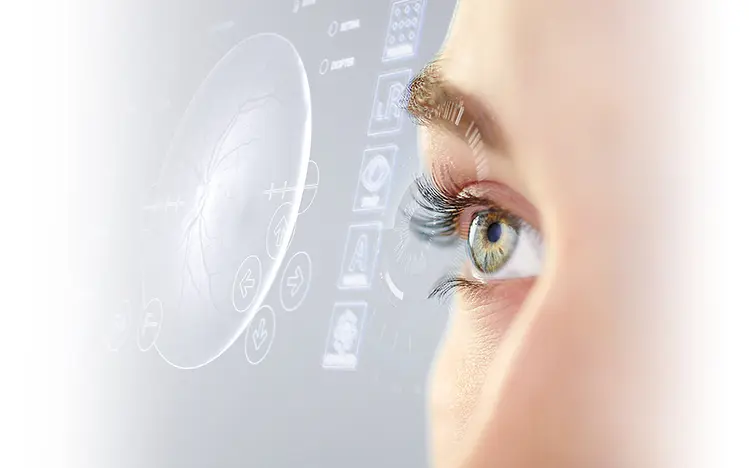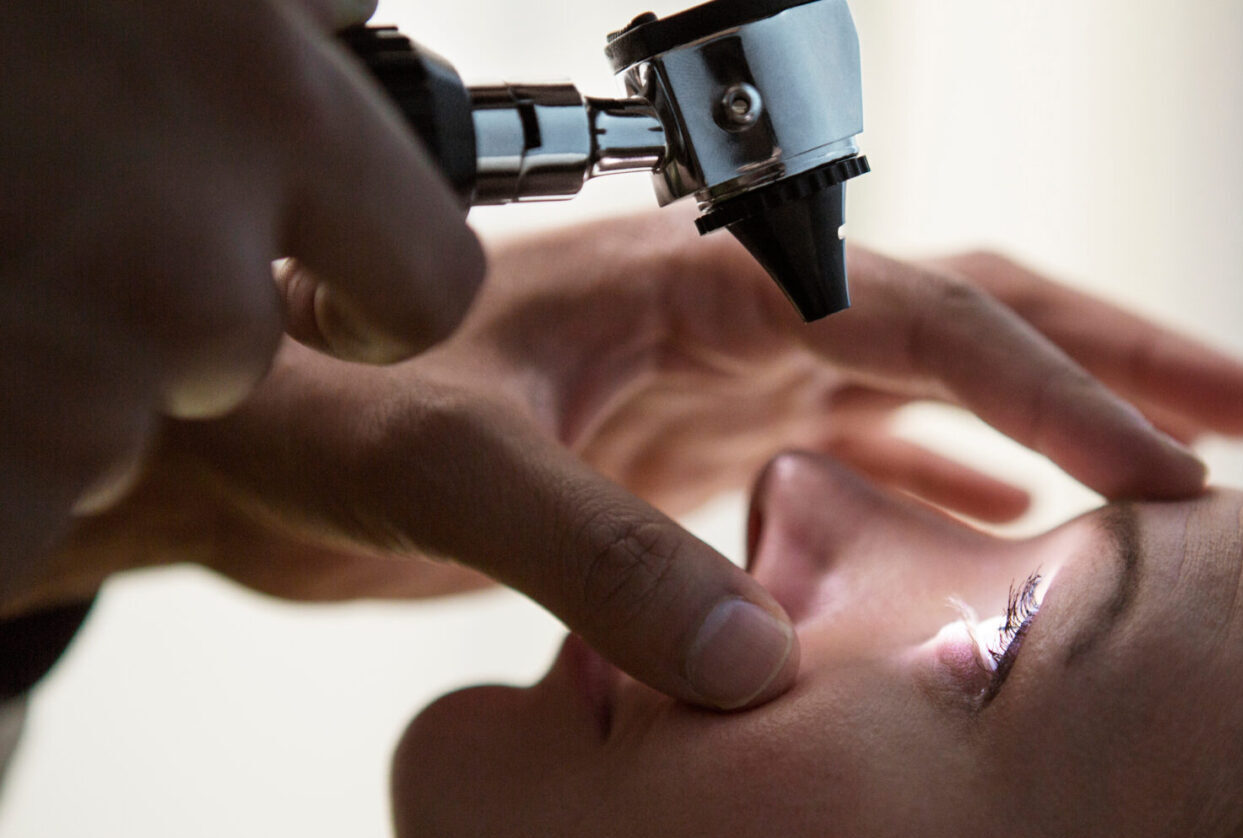Procedures and Conditions
Procedures and Conditions
Cataract Surgery
Cataracts occur when the natural lens of the eye becomes cloudy and vision becomes blurry as a result. It is like looking through a dirty windshield. Other symptoms of cataract are glare. Cataracts progress to cause vision loss and potential blindness if not treated. Dr Alozie-Uddoh is a cataract surgery expert and offers both standard cataract surgery as well as femtosecond laser assisted cataract surgery and premium lens cataract surgery.
Standard Cataract Surgery
During standard cataract Dr Alozie-Uddoh uses ultrasound to remove the cloudy natural lens and replaces it with a new foldable lens implant or intraocular lens (IOL). Glasses are usually needed after standard cataract surgery.
Femtolaser Cataract Surgery
Laser assistance with the femtosecond laser allows for a more gentle and precise approach for removing the cloudy lens. The laser performs many of the steps that otherwise must be done manually by Dr Alozie-Uddoh. As a result, less ultrasound energy is required during laser cataract surgery resulting in less potential damage to the cornea.
Premium Lens Cataract Surgery
Dr Alozie-Uddoh offers her patients the option of multifocal premium lenses which correct astigmatism and presbyopia and reduce dependence on glasses for all ranges of vision both (distance and near vision), so that reliance on glasses is minimal. Glasses for distance or near may not be necessary with the premium lens.


Glaucoma LASER and SURGERIES
Glaucoma is a disease that causes damage to the optic nerve due to high pressure from fluid buildup in the eye. Glaucoma is a potentially blinding disease that can be best managed with early detection and treatment.
Dr Alozie-Uddoh treats glaucoma medically and employs laser treatment, standard glaucoma procedures, and minimally invasive glaucoma surgery when indicated.
Standard glaucoma surgical procedures include trabeculectomy and tube shunt surgery. Minimally invasive glaucoma surgery includes techniques such as canaloplasty, goniotomy, istent, Xen gel shunt, and others.
Dr Alozie-Uddoh uses advanced technological diagnostic modalities to ensure early detection of glaucoma and to customize treatment for each patient.
Diabetic eye disease
Individuals with poorly controlled blood sugars and who have had diabetes for extended periods of time may develop diabetic retinopathy. The vessels in the eye may become leaky and new vessels may grow in areas that they are not supposed to, leading to bleeding in the back of the eye. Proper blood sugar control is the key to preventing complications of diabetic eye disease. There are no common symptoms present during the early stages of diabetic retinopathy. Comprehensive dilated eye examinations are essential for all diabetics once a year.
Dr Alozie-Uddoh employs advanced diagnostic technology to detect and treat diabetic eye disease.


Dry Eye
Dry eyes occur when the tears are not able to lubricate your eyes adequately from either low tear production or unbalanced tear composition. Dry eyes can be a chronic and debilitating condition with common symptoms such as blurry and fluctuating vision, burning sensation, redness and inflammation of the eyes, eye pain, foreign body sensation and excessive tearing or watery eyes.
At Wakefield Eye, Dr Alozie-Uddoh focuses on the proper diagnosis of the underlying cause of dry eye and provides a customized treatment for each patient. Dr Alozie Uddoh uses technology like tear osmolarity detection and imaging of meibomian glands for proper diagnosis.
Dr Alozie-Uddoh offers advanced treatment modalities like TearCare and NuEra tight for dry eye treatment.
Pterygium
A pterygium is a wing shaped growth on the white part of the eye (conjunctiva) that then grows on to the cornea. It is thought to be related to sun, wind and dust exposure. It can lead to irritating symptoms such as foreign body sensation, redness, tearing and inflammation. It can also decrease vision if it grows over the pupil or causes astigmatism.
During Pterygium surgery, Dr Alozie-Uddoh removes the growth on the conjunctiva and the cornea and places an autograft to cover the area. She also uses an “antimetabolite” or chemical that prevents regrowth of tissue.
